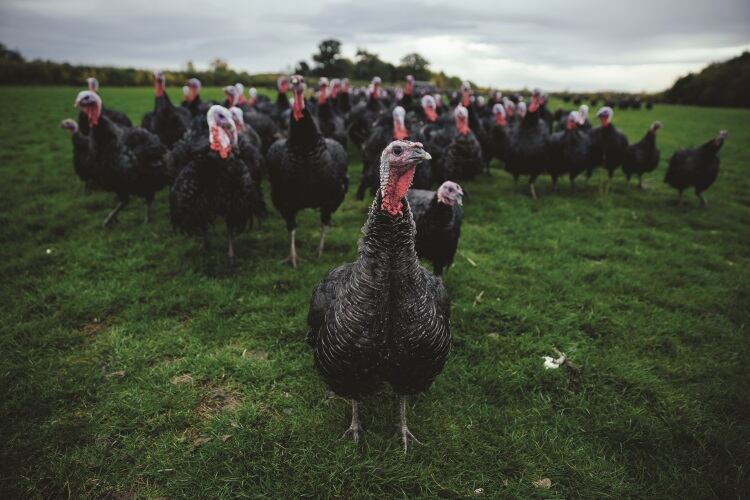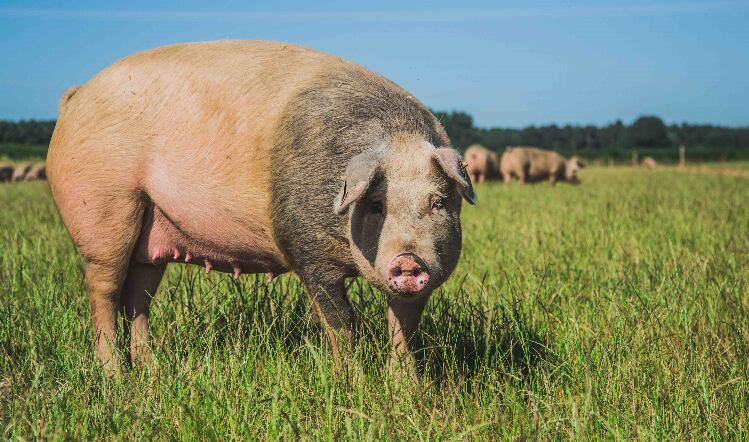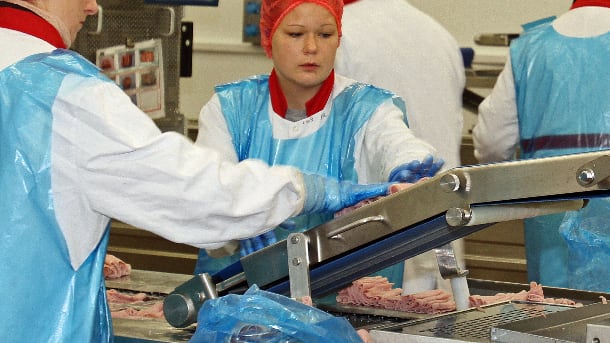Make no mistake, the meat processing sector is in a fight for survival – and on several fronts.
The rise of a vocal minority championing veganism, growing health fears surrounding certain processed meats, and increased awareness over animal welfare in the supply chain, are all buffeting a sector already beset by tight margins. And this is before any attempt is made to fully grasp the impact Brexit is likely to make on food production, labour and international trade.
Beyond the doomsayers and the keyboard warriors, however, there are plenty of market trends in the meat and poultry processing sector that firms can take advantage of.
Figures even back this up. According to Mintel’s most recent Unprocessed Poultry and Red Meat report, the sector’s sales grew 1.2% year-on-year in 2018 to £6.8bn, bringing it back in line with where the market was before the horsemeat scandal of 2013.
Looking ahead, Mintel predicts that value sales could go as high as £8.2bn in 2023, with a worst-case scenario of a still-respectable £7bn. The insights agency hedges its bets somewhere in the middle with a £7.6bn forecast in the next four years.
“Meat-eating remains popular among consumers, with 93% having eaten unprocessed meat, poultry or game in the three months to July 2018,” says Amy Price senior food and drink analyst at Mintel. “Unprocessed chicken, beef and pork enjoy the highest weekly usage, signalling how these remain an ingrained element of Britons’ meals.”
Less but better

But while meat continues to be consumed by the majority of people in the UK, Mintel also predicts a ‘less but better’ trend creeping into the population.
In her report on processed poultry and red meat main meal components, Mintel research analyst Alice Baker says consumers are eschewing large quantities of meat in favour of smaller, but more premium portions.
“A widespread ‘quality over quantity’ mentality is apparent in the market – over half (56%) of processed meat buyers prefer to eat premium products less often rather than standard ones more often,” she says. “This approach is particularly strong among the health-conscious, showing the potential for premium products to succeed amid the meat reduction trend by tapping into a ‘less but better’ mindset.”
Anthony Daniels, managing director of equipment provider Handtmann believes there has been a clear move towards premium. “We have seen a definite change in the sausage and burger industry over the past few years – namely, the new innovative products retailers are expecting from manufacturers,” he explains. “In the past, the focus has always been on high volumes and low prices, but we are noticing a shift towards higher-quality products that consumers are happy to pay a little extra for.”
Consumers also expect more from the new products hitting the market, adds Mintel’s Baker. “Highlighting the need for ongoing new product development, innovation is seen as key in defining premium products; 83% of people who favour premium products, and 73% overall, expect premium processed meat products to be more innovative than standard ones,” she says.
Furthering its less is more argument, Mintel claims a short ingredients list is likely to encourage 62% of eaters or buyers towards a processed meat product and that products with these credentials should be flagged up on pack.
As well as eating less but better meat, there has been a vocal shift towards meat reduction in general. Social media campaigns such as Veganuary or Meat-Free Monday have captured consumers’ imagination, placing meat under threat. However, some believe it only takes a small modification for a traditional meat producer to take advantage of this trend.
The industry has been caught off-guard by the growing trend of meat reduction – but it can catch up, argues Interfood managing director Mark Bishop.
“One area where the food industry has been slightly caught out is the growing role that vegetarianism and veganism are playing in the UK,” he says. “While meat consumption will remain an important part of the vast majority of consumers’ diets, we also need to recognise there is a market for plant-based alternatives.”
However, this growing sector is still struggling to find meat substitutes that achieve the flavour and mouthfeel of meat, Bishop claims. “There is still work to be done in this area, but as an equipment supplier, we need to be aware of the potential this sector of the food industry offers, building on the traction we have seen particularly over the last six months.”
Intake reduction
The trend towards meat reduction could also be driven by cost, as Mintel reports that 64% of meat eaters and buyers would cut back on it if the price were to rise. And with wholesale prices expected to climb in 2019 and sterling at risk due to Brexit, all that stands between a consumer exodus from the meat industry could be retailers keeping prices low to remain competitive.
This, however, would hit producer margins, placing them between a rock and a hard place.
Traceability is another ongoing concern that threatens to drive consumers away from the meat sector. What began with the horsemeat scandal six years ago hasn’t been helped by more recent incidents such as the hygiene and safety allegations at the 2 Sisters’ West Bromwich plant, mislabelling at DB Foods, and Russell Hume’s non-compliance with food hygiene regulations
They have at least led to a review of cutting plants and abattoirs by the Food Standards Agency and Food Standards Scotland. Published in October, the review recommendations should eventually allay public fears and, hopefully, restore trust.
Throughout the recent incidents, blockchain has been brought up consistently.
While blockchain does have its critics, with some claiming it is only as good as the data it receives – and that it’s just part of an overall solution to which the entire industry needs to contribute – others are firm advocates. Clearmark Solutions recently published a technical guide on blockchain, and managing technical director Chris Simpson suggests in the next couple of years the technology could become critical in helping manufacturers securely increase traceability in the supply chain.
“Blockchain can make a real difference in helping consumers make better-informed purchasing decisions,” he says. “With livestock, for example, scanning a QR code with a smartphone could reveal data such as, but not limited to, an animal’s date of birth – and use of veterinary medicines and location where the livestock was reared can easily be communicated to consumers.”
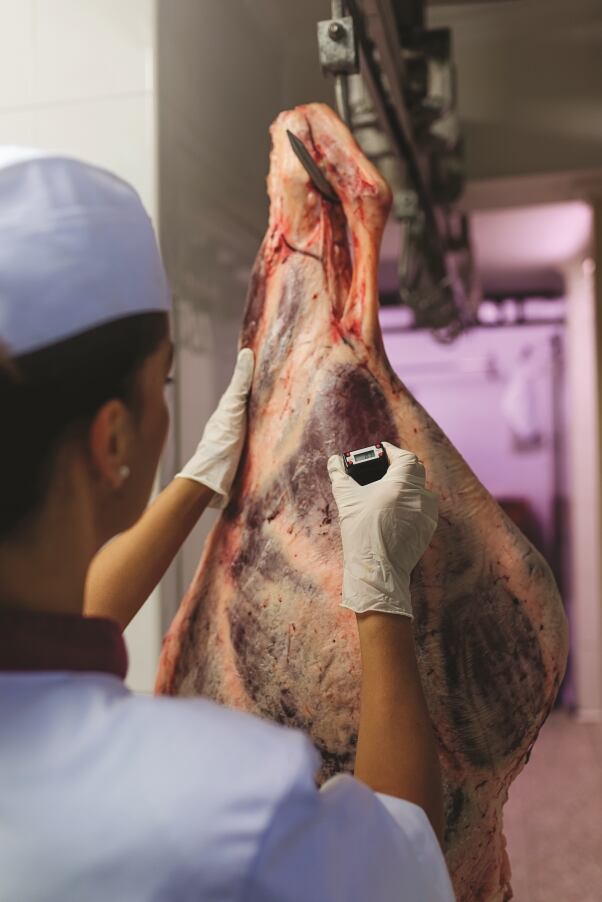
Quality improvements
In line with traceability, moves are also being made to improve meat quality. In an effort to “maintain the trust” of the consumer, assurance scheme Red Tractor last autumn announced it would be toughening the conditions for membership with the implementation of more inspections and audits, and threatening expulsion for those that didn’t comply.
The Co-op and Marks & Spencer, meanwhile, have moved their pork and poultry sourcing respectively to more animal welfare-friendly practices, in response to consumer demand, while brands such as The Black Farmer have introduced antibiotic-free ranges.
One trend that may have been accelerated by the Brexit process is the move towards automation within meat processing due to labour shortage fears. While some in the industry don’t believe that robots can fully replace humans when it comes to the production line – the British Meat Processors Association’s chief executive Nick Allen has expressed doubts that a machine could properly debone an animal, for example – businesses are still investigating the area.
But it’s not just labour concerns that are driving the rise of the machines, says Bishop at Interfood. “Automation continues to be a key trend, with processors increasingly looking to find ways for machines to take over what can be very labour-intensive processes,” he explains.
“The uncertainty around Brexit and the potential impact on the availability and cost of labour is helping to fuel this. Automation is, of course, about improving productivity and, ultimately, profitability – but it is also about food hygiene.
If you can minimise the need to handle a meat product, then in doing so, you are significantly reducing the potential for product contamination. A product recall remains the stuff of nightmares for processors, so identifying ways to manage the risk will always be important.”
Daniels views automation as an “obvious” trend and says Handtmann has been focused on it for some time now. “The push towards automation is with a view primarily to reduce labour cost and increase reliability, efficiency and the reduction of accidental contamination,” he says.
“We are also developing new machinery to assist our customers in automated manufacturing to reduce manual handling and improve efficiencies, such as the GS300 automatic collating system. This allows individual fresh sausages to be loaded into trays to remove manual intervention and increase efficiency.”
Another equipment maker witnessing an accelerated drive towards automation in 2019 is Multivac UK. “Everyone in the industry is acutely aware of, and suffering from, the lack of available, good-quality labour,” says business development manager Phil Crozier.
“And this deficiency is now not just restricted to peak times, such as Christmas and summer, when volumes have traditionally surged to meet consumer demands. Against a backdrop of a great deal of political uncertainty our customers have found it increasingly difficult to find labour and are turning to equipment manufacturers they trust to help fill this gap.”
Automation on the production line extends beyond the cutting of the meat as well. “End-of-line packing is also an area in which automation is increasingly being applied, given that this is a particularly labour-intensive section of many meat processing lines,” says Bishop.
“A further example is the precision automation can offer in weighing accuracy. This is essential in so many food processing lines and certainly none more so than with fresh meat, where relatively small increments in giveaway can mean the difference between profit and loss.”
In such a heavily challenged sector, investing in automation in 2019 may yet prove decisive for many processors.
Buying and selling British abroad
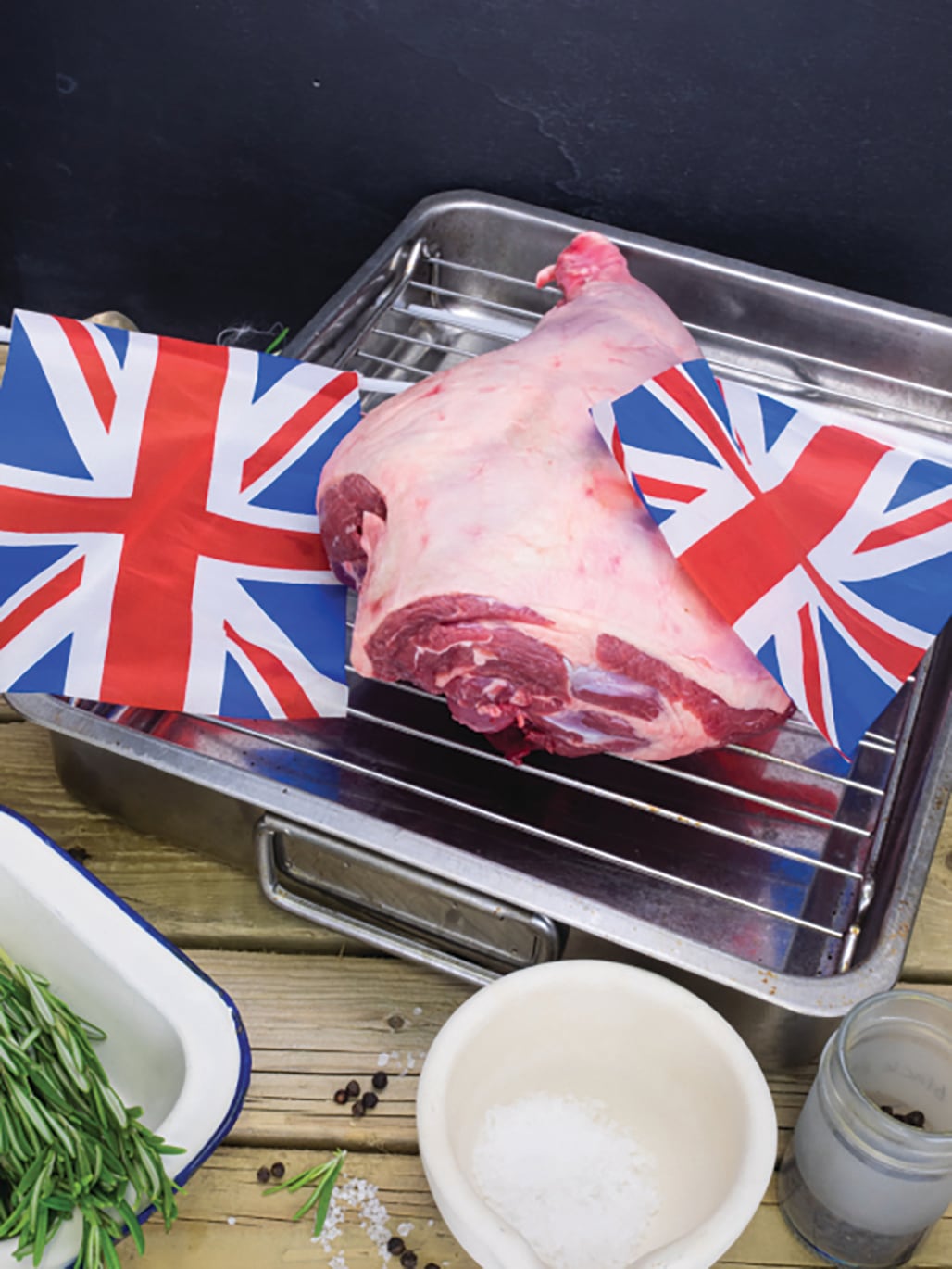
Given that the UK’s impending exit from the EU dominates the headlines everywhere else, it’s no surprise that it’s informing trends in the meat industry as well. IGD research from 2018 found that just under half (46%) of shoppers believe that it is more important to buy British food now that the UK is leaving the EU, while 17% disagreed.
The research also found that 68% of respondents believed supermarkets should focus more on selling food produced by British farmers, and that 78% felt Britain needed to be more self-sufficient in food and not rely on imports as much.
Mintel’s research is possibly more troubling. It found that just 40% of meat buyers were influenced by a product with the Union Jack on it and believed this demonstrated a “degree of openness among consumers to meat sourced from elsewhere, which is worrying news for the British meat industry”.
If the product can’t be sold at home, it may be time to look abroad. Taking into account key consumer trends when it comes to meat-eating, the Agriculture & Horticulture Development Board (AHDB) recently earmarked the US, Japan and China as key export targets for its sector.
Japan, for example, has experienced a rise in solo living, which has affected the portion sizes that shoppers are buying, favouring single-portion meals over family-size packs. The AHDB claims that a lot of products imported into Japan are subsequently repackaged into smaller sizes, but UK processors that can offer that service prior to selling into the country would no doubt have an efficiency advantage over those that don’t.
It warns that British producers can’t rely on the Union Jack to sell products to Japan – instead advising that products should convey messaging that focuses on safety and heritage.
Staying in Asia, AHDB’s China report highlights that consumers favour meat products served on the bone, as consumers believe it imparts flavour, while mince and offal remain popular, with the latter helping provide carcase balance for processors. There seems to be “positive feelings” in China towards British food, with Brand Britain performing well, it said.
In the US, chicken is the most consumed meat, with red meats seen as more of an evening meal component. The same can’t be said for how US consumers see British food products, with less than a quarter actively buying them. The US is very patriotic when it comes to meat, with over three-quarters preferring home-grown produce. However, AHDB advises the promotion of British meat as a premium product as the way to grow sales.


